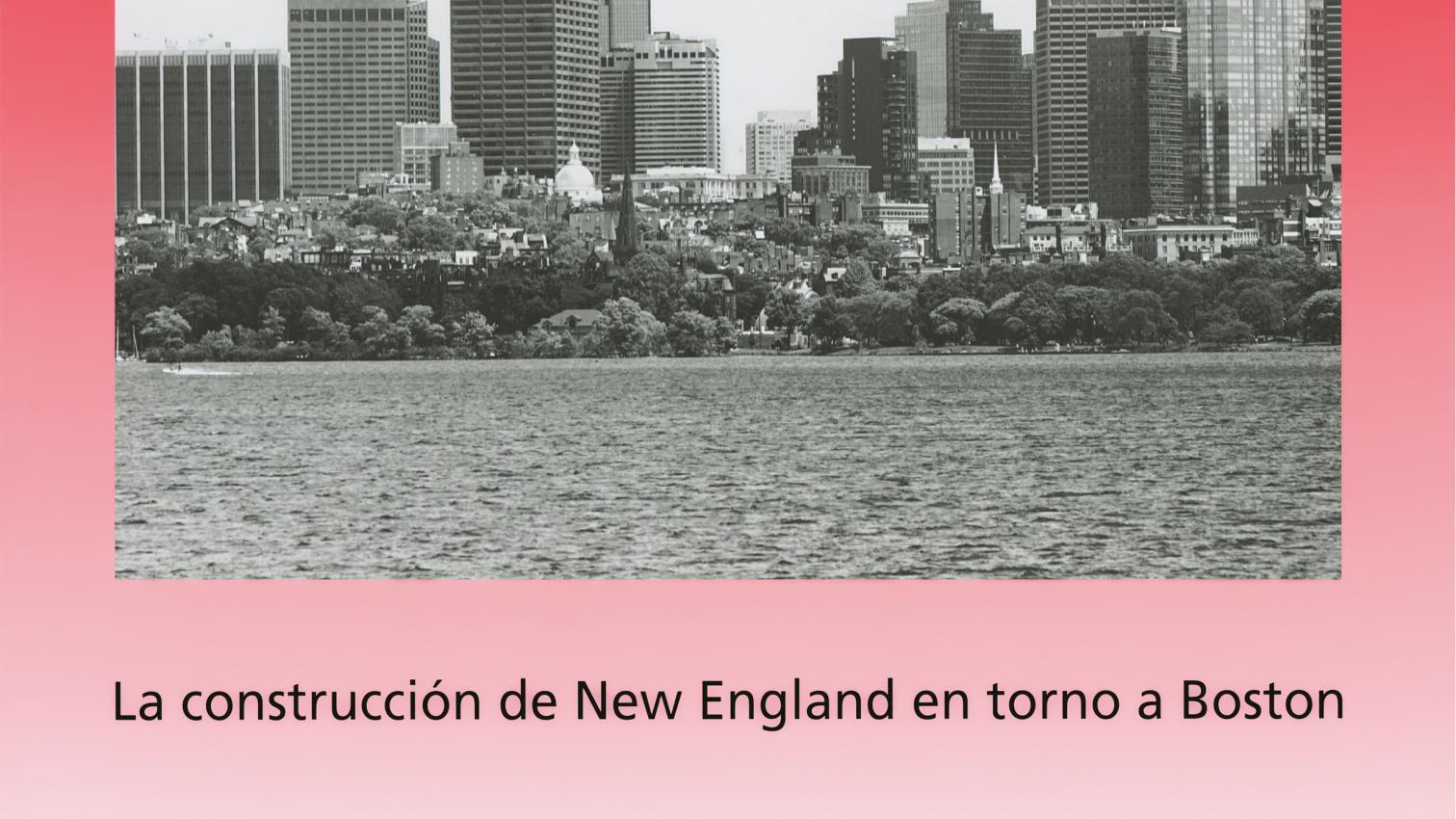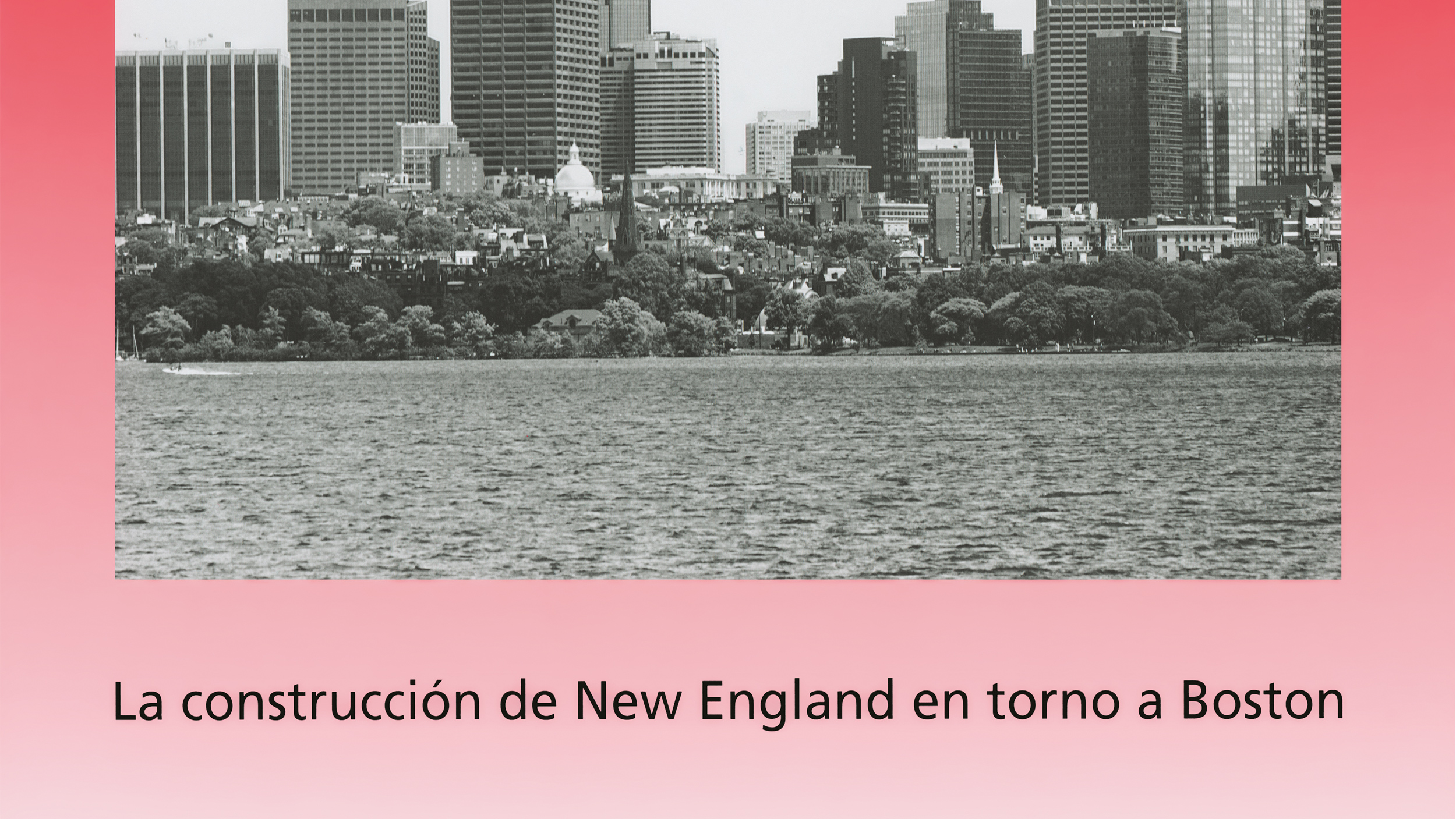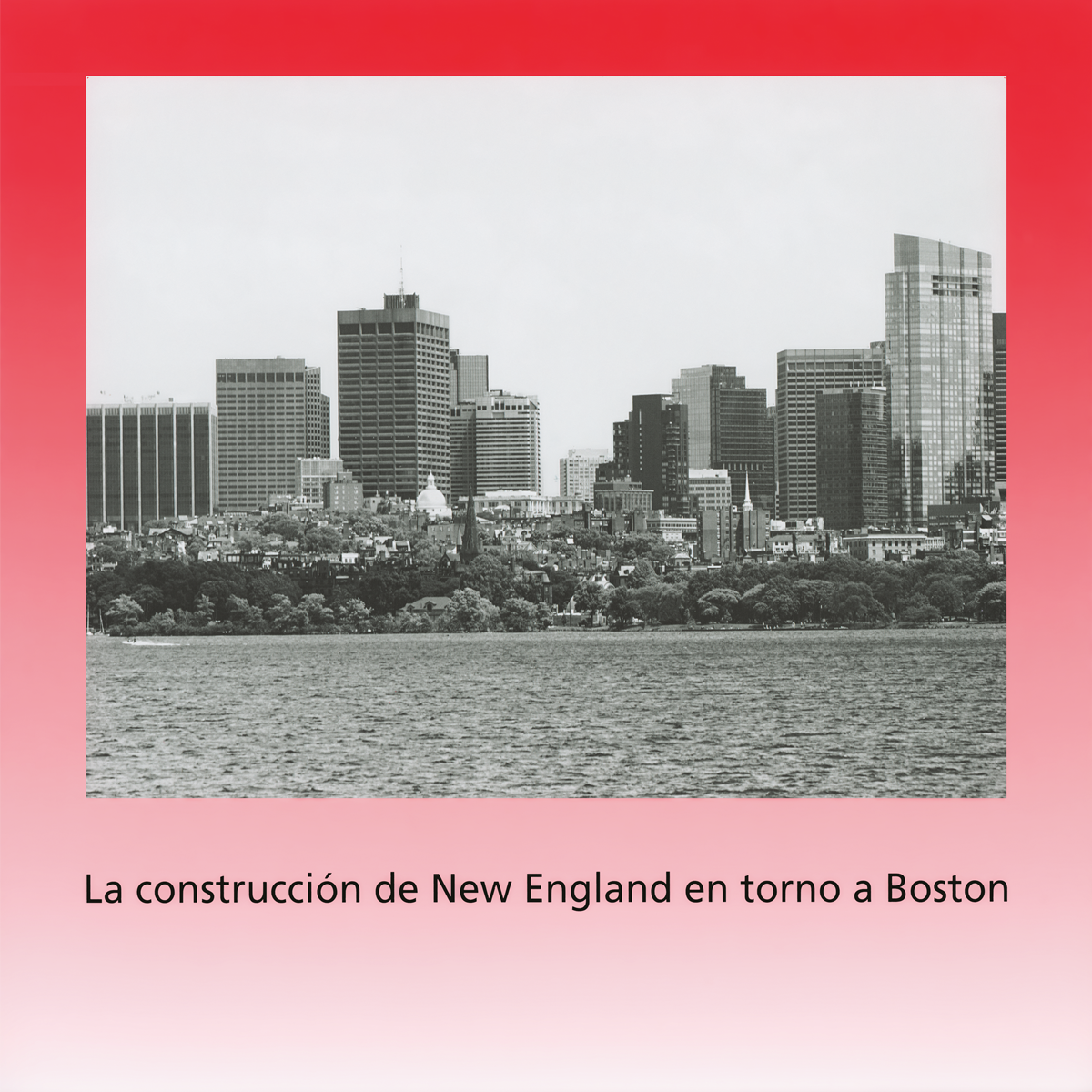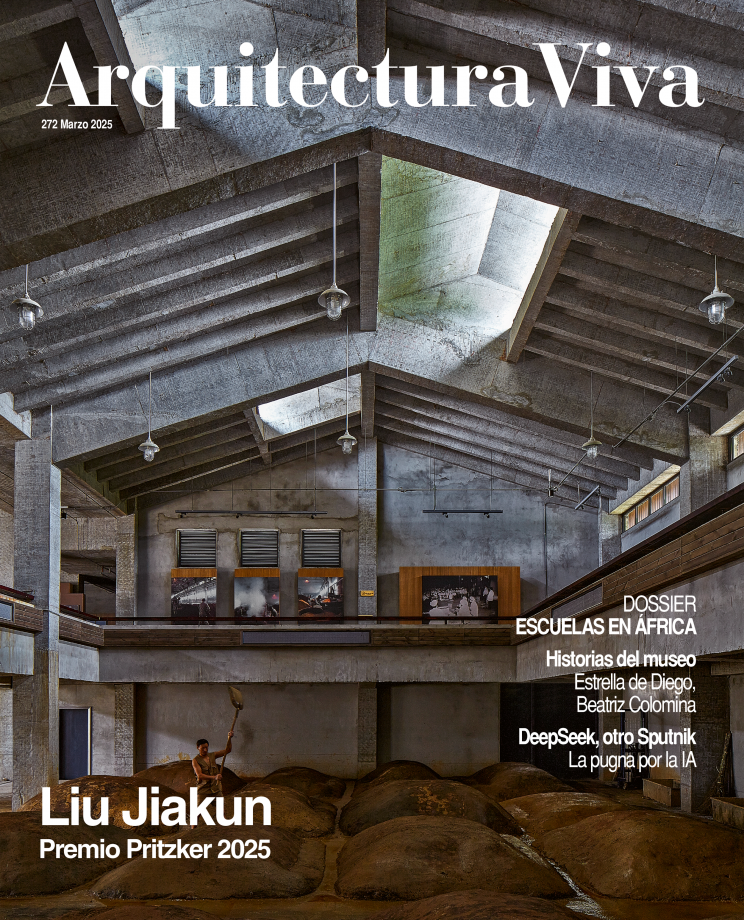
The region of New England is located in the Appalachian Highlands, on the Atlantic coast of the United States: a territory divided by the Connecticut River and dotted with lakes, mountains, marshes, and sandy beaches; gentle landscapes of woods and water in abundance. There, the Puritan and other British settlers early in the 17th century established the political and spiritual guidelines that would steer the development of their colonies. The Boston Men, who came from the eastern counties of old England, were quick to name the principal city.
A century and a half later, this vast geographical space would be structured in six states: Connecticut, Maine, Massachusetts, New Hampshire, Rhode Island, and Vermont. The culture and the economy of the region were concentrated in two enclaves that wielded their influence on the rest of the country: Concord as cultural and Lowell as industrial pole. A good example of harnessing natural wealth was the construction, in the late 18th century, of the Middlesex Canal – one of the first of its kind in the US – for the transport of raw materials. Besides a testing ground for civil engineering, it would be a prototype for the Erie Canal.
Boston was its port. Founded on a peninsula, it offered the best protection for the entire North Atlantic coast, from the mouth of the St. Lawrence River to that of the Hudson in New York. Infrastructure formed the city: its strategic location made it the main point of connection with Europe. Boston grew around the Common, which originally was a public cow pasture but over time became a space for citizens to share, and a model of civic cooperation. Later, turned into a parkland, the Common would take in the stately homes of industrialists, shipowners, merchants, and bankers. As urban growth necessitated more land, the filling of harbor ground gave rise to new neighborhoods.
In the criteria of Boston’s elite, commercial activities were considered moral only if they contributed to initiating cultural programs. So it was that the city’s upper class came to control everything from the fine arts to the educational system, and paid for the more representative constructions. New England still shows this marriage of culture and business: it is home to the most prestigious academic institutions, such as Harvard, Yale, and Brown Universities and the Massaschusetts Institute of Technology, in addition to numerous museums, libraries, athenaeums, and literary associations. The region cannot be abstracted from its links to literature: its places and its people were immortalized by the pen of writers like Henry David Thoreau, Herman Melville, Louisa May Alcott, Mark Twain, and Jack Kerouac.
This second title of the ‘Paisajes de Metrópolis’ series – which follows the respective ten of ‘Ingeniería Civil’ and ‘Grandes Ciudades’ – continues the colossal editorial project of Miguel Aguiló, which this time turns to territorial construction and urban history, with special attention on public works and their impact on society.







